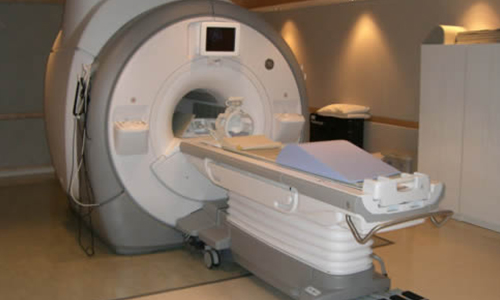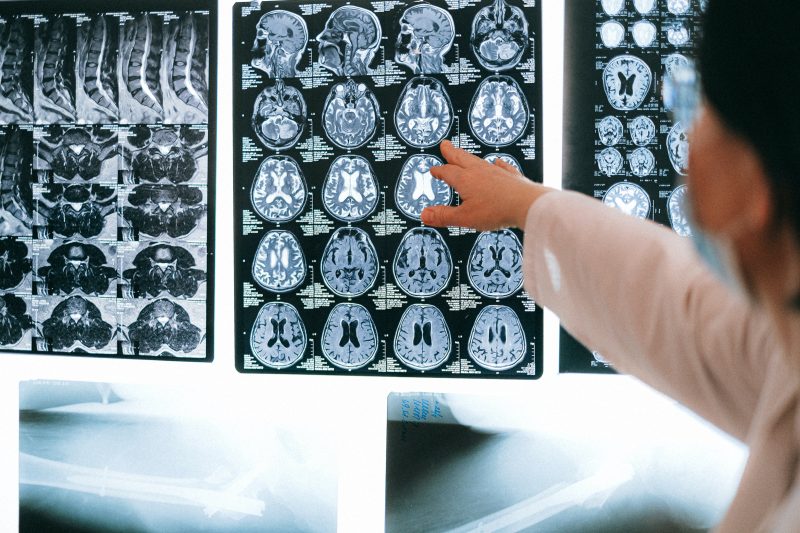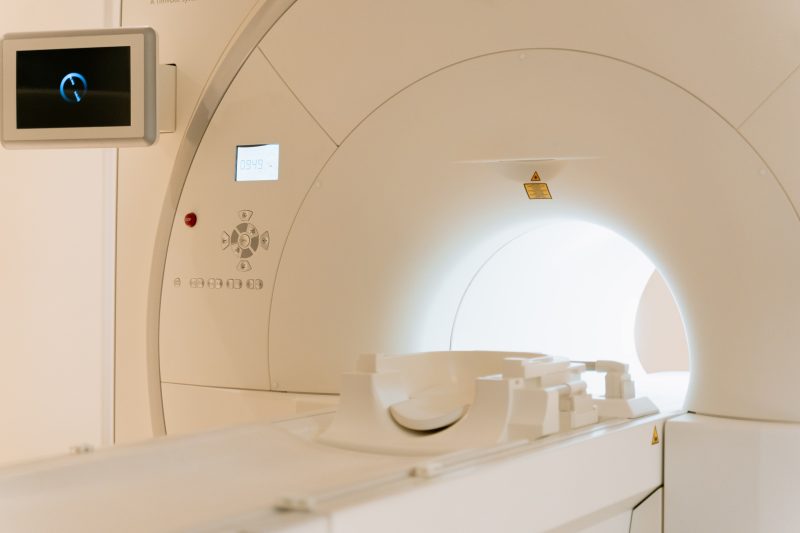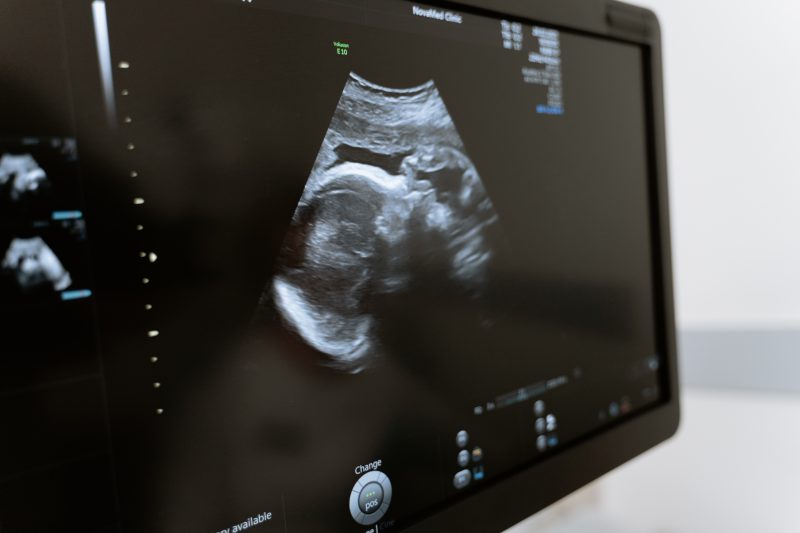What We Offer
MRI
Magnetic Resonance Imaging, or MRI, is a diagnostic procedure used to create clear, cross-sectional pictures of the human body. MRI is a safe, painless and simple diagnostic tool that provides detailed pictures of the body without radiation. MRI utilizes computer technology, a magnetic field and radio waves to diagnose injuries, tumors and diseases of the muscles and bones of the body.
MRI produces highly detailed images of soft tissue structures near and around bones, blood vessels, organs and the brain. Some common uses are for spinal and joint problems, small tears in tendons and ligaments, sports injuries, arthritis, organs of the chest and abdomen.
Stand-Up MRI (Upright MRI)
High Field Imaging is proud to announce that we are the only facility in the area that uses this leading technology. This is the only true Open MRI in the industry. There is nothing directly in front of the patient’s face to cause a “closed-in” feeling. This means that highly claustrophobic patients who are unable to tolerate other MRI scanners, including some “open” MRIs, can now successfully undergo an MRI exam. Additionally, because the scanner is unusually quiet, patients can sit and watch their favorite television programs on a wall mounted TV.
Patients can be scanned in a multitude of positions, including standing, sitting, flexion, extension, rotation and lateral bending, as well as the usual lying down positions. Patients can be scanned in positions that demonstrate their symptoms or pain, providing crucial diagnostic information that is impossible to obtain on a conventional MRI. In fact, the stand-up MRI has detected pathologies that have gone undetected on traditional MRI scanners


Closed MRI
The closed or high-field MRI is the preferred testing method for many conditions that are neurological and orthopedic in nature. In a high-field or “conventional” MRI, patients lie on a table and pass through the center of the magnet. Tests are completed quicker with this type of MRI.
MRA
MRA stands for Magnetic Resonance Angiography. It is a specialized MRI that provides more detailed images of blood vessels in the brain and in the body. Blood vessel disorders such as aneurysms, narrowing or blockages can be detected by using MRA.
Please let our staff know if you are pregnant, have recently had surgery or another procedure, or if you have any of the following things, as they may not be compatible with MRI: pacemaker, defibrillator, aneurysm clips, spinal cord stimulator, metallic implants, prosthetic heart valves, stents, surgical clips or staples, neurostimulator, cochlear implant, breast tissue expander, metallic fragments in eyes, body piercings, medication patches, tattoos.

CT Scan
A CT scan uses X-ray, a special scanner, and computer equipment to produce cross-sectional views of specific body areas and organs. These views are commonly referred to as slices and enable the radiologist to focus on problem areas. The images produce a 3D view of your body. CT imaging is useful because it can show several types of tissue, such as lung, bone, soft tissue and blood vessels. One of the great advantages CT offers patients is speed. This sophisticated machine is capable of scanning the entire torso in a single breath hold.

CT scans are commonly used for:
X-Ray
General Radiography or X-ray is the fastest and easiest way for a physician to view and assess broken bones, joint or spinal injuries. X-ray is performed every day in hospital emergency rooms, diagnostic centers, sports medicine centers and some physician offices. It uses a controlled beam of energy to produce remarkably clear images of the body on either film or a computer.
Common Applications
General radiography exams have many uses, but they are frequently used to evaluate:

Ultrasound
What is an Ultrasound?
Ultrasound is a diagnostic procedure that is effective and safe. It uses high frequency sound waves to produce images of the organs in your body. Widely used since the 1950s, ultrasound is a simple, non-invasive technique that does not use radiation. It is a completely painless procedure.

Common Applications
Ultrasound produces very detailed pictures of the soft tissue and organs of the body. It is also sometimes used to evaluate the following:
Immigration
We offer immigration physicals seven days a week with same day appointments available. Our team of dedicated staff makes every effort to assist immigrant clients to get their medical documents completed efficiently. We do understand the importance of time for immigration and make sure to serve every applicant promptly.
Call us at 412-920-1700 to learn more about our immigration package that includes doctor’s visit, TB testing and necessary blood work.
All immigration related services available on site (TB testing, Bloodwork, X-rays Vaccinations and form I-693)
Please bring your original photo I.D. – Driver’s License or State I.D. or Passport or Consular I.D. or School I.D. AND your vaccination records at your appointment.
USEFUL LINKS: Download form I-693 |
